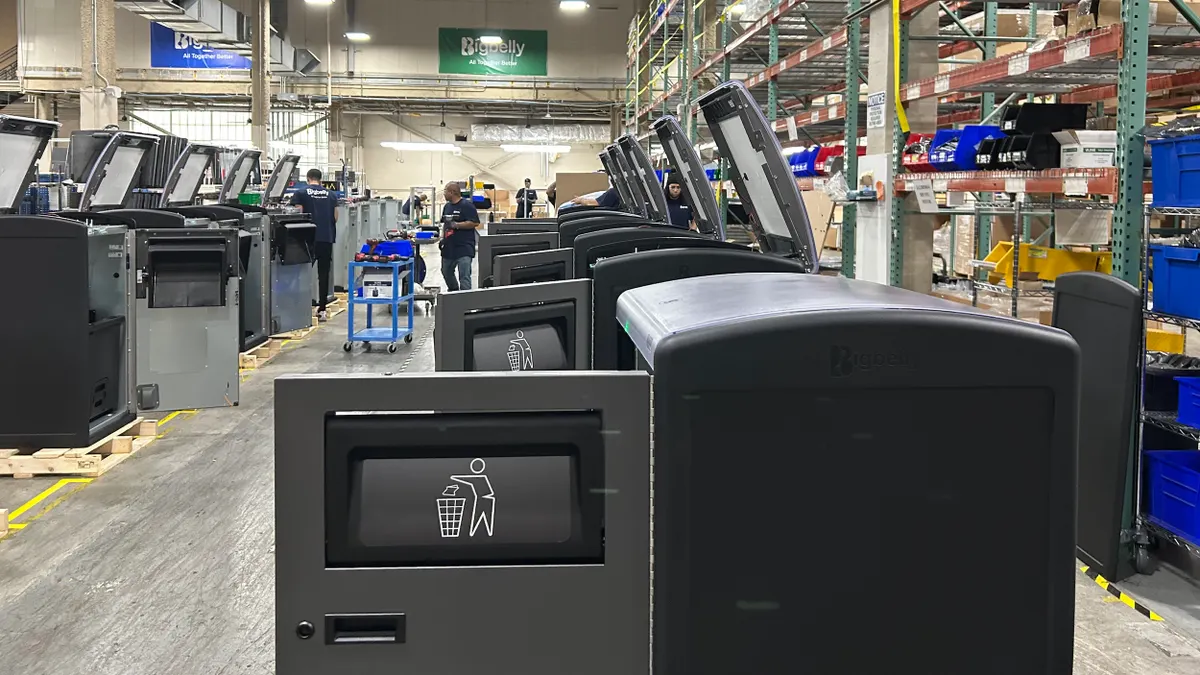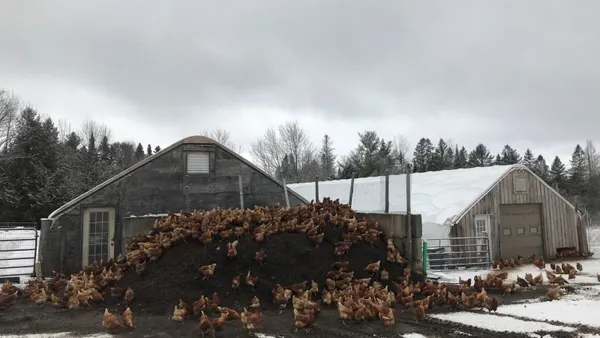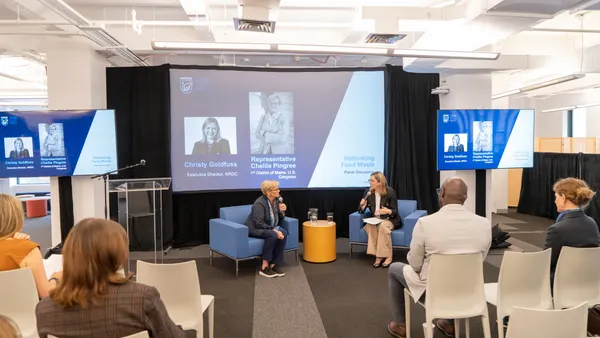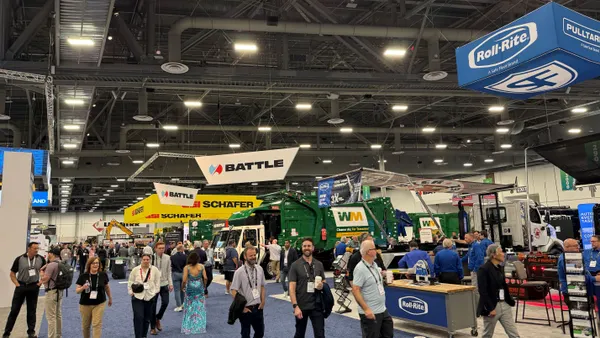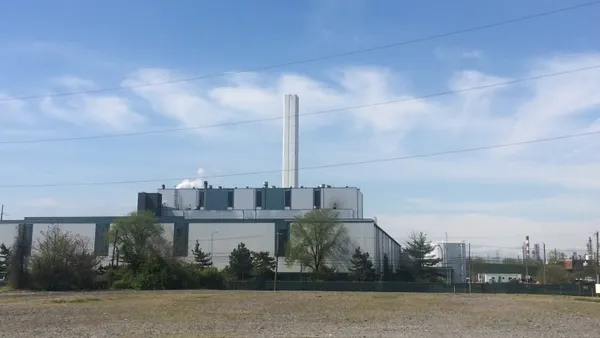Dive Brief:
- The World Wildlife Fund (WWF), with two grants totaling $1.3 million from the Foundation for Food and Agriculture Research (FFAR) and the Walmart Foundation, will work with "research teams" to identify ways for producers to decrease the amount of food that's wasted on farms and increase the proportion of crop that's delivered to high-value destinations, according to a WWF press release.
- Research partners will include the University of California, Davis, and the Global Cold Chain Alliance (GCCA). The teams are tasked with bridging a data gap, by quantifying food waste in different crops, and testing different methods to "maximize crop utilization." The teams will work over the next 22 months, according to WWF.
- The first phase will include UC Davis researchers getting input from farmers on their strategies for reducing on-farm food waste. The GCCA will be conducting field studies to estimate post-harvest and on-farm loss, and identifying where food that never reaches a final use ends up.
Dive Insight:
The World Wildlife Fund has entered waste diversion efforts before, and even worked on reducing food waste at hotels. The group says their mission has "evolved from saving species and landscapes to addressing the larger global threats and forces that impact them." By partnering with so many agencies and tackling so many projects, WWF has demonstrated a real concern for food and material waste — a kind of concern and commitment that isn't too common outside of the industry — though Walmart, too, has gotten involved with waste reduction and sustainability before.
While there's some dissent among academics, most industry players would agree that food waste is a serious issue. The strongest proof may be in the pudding — counties and states are both making moves to target and cut food waste. And, between the amount of greenhouse gasses that producing food requires and the amount of methane (a potent greenhouse gas stronger than carbon dioxide) that's emitted from rotting food, it's clear that wasted food does more than take up space in landfills.
If the amount of food waste is going to truly be cut down, it needs to be targeted at every point — from planting and harvesting, to transport, to at-home use. In April, California-based Full Harvest invested $2 million in limiting waste from farms; industry groups are conducting household studies; and the United States Department of Agriculture is working to cut down on food that's wasted in the supply chain. This investigation that the WWF and its partners are undertaking on farms could fill a crucial gap in knowledge and understanding of where food gets wasted. All these moves, and all the attention being given to food waste, are important steps in reducing food waste — though nobody seems to have found a silver bullet.



